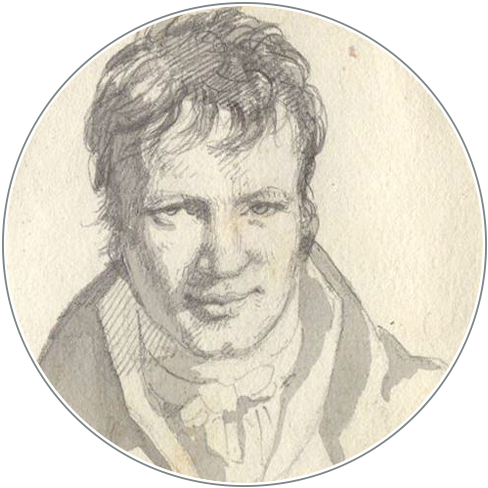Brazilian Native useful plants in Humboldt and Bonpland’s travel records and works: biodiversity and traditional knowledge beyond borders
DOI:
https://doi.org/10.18443/384Keywords:
natural history, historical ethnobotany, naturalists, traditional knowledge, Brazilian biodiversityAbstract
Alexander von Humboldt and Aimé Bonpland were unable to cross into Brazil during their American expedition (1799–1804). The Portuguese Crown strictly controlled Brazil’s borders during the colonial period, banning entry of most foreign travelers, and Brazilian ports were opened to friendly nations only in 1808. Though they never officially entered Brazil, Humboldt and Bonpland influenced later travelers and described many native Brazilian plant species, like Bertholletia excelsa, Fridericia chica, and Paullinia cupana. Since Venezuela, Colombia, and Peru share borders with Brazil, these countries possess vast shared biodiversity, especially in the Amazon. Studying the plants described by Humboldt and Bonpland in their travel journals and Plantes Équinoxiales provides insights into Brazilian flora, particularly regarding traditional uses, bioeconomy, and conservation strategies.

Published
How to Cite
Issue
Section
License
Copyright (c) 2025 Leopoldo Baratto

This work is licensed under a Creative Commons Attribution-NonCommercial 4.0 International License.
HiN operates under a Creative Commons-Licence (CC BY-NC 4.0), which permits the reproduction of articles, free of charge, for non-commercial use only and with the appropriate citation information. All authors publishing with HiN accept these terms of publication.
Authors retain the copyright for their articles and reviews. Copyright of the layout and design of HiN articles remains with the journal and cannot be used in other publications.









